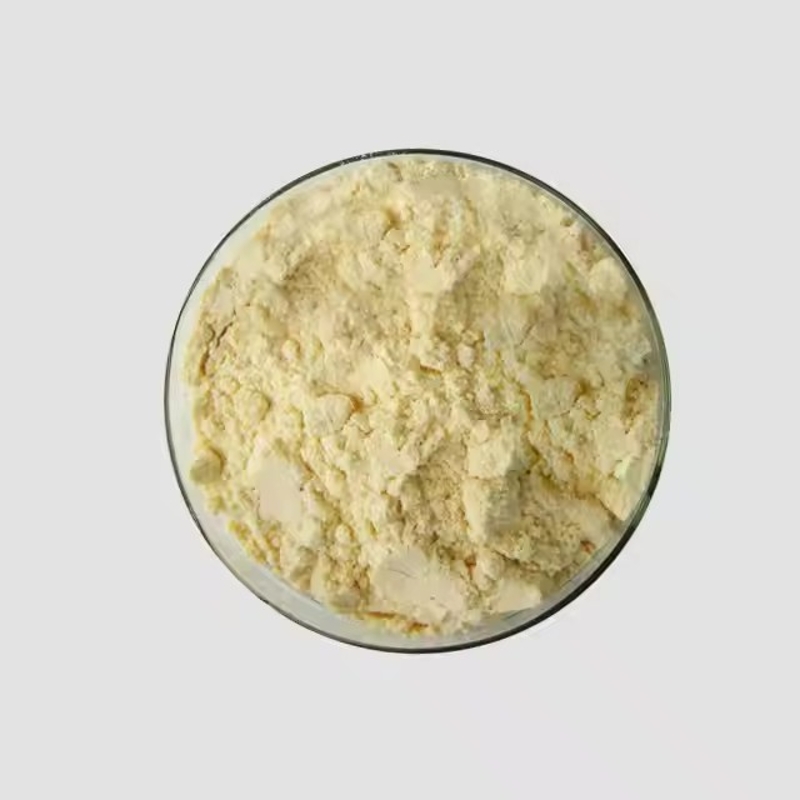-
Categories
-
Pharmaceutical Intermediates
-
Active Pharmaceutical Ingredients
-
Food Additives
- Industrial Coatings
- Agrochemicals
- Dyes and Pigments
- Surfactant
- Flavors and Fragrances
- Chemical Reagents
- Catalyst and Auxiliary
- Natural Products
- Inorganic Chemistry
-
Organic Chemistry
-
Biochemical Engineering
- Analytical Chemistry
-
Cosmetic Ingredient
- Water Treatment Chemical
-
Pharmaceutical Intermediates
Promotion
ECHEMI Mall
Wholesale
Weekly Price
Exhibition
News
-
Trade Service
The Synthetic Routes of 2H-Thieno[3,2-e]-1,2-thiazine-6-sulfonamide, 3,4-dihydro-4-hydroxy-2-(3-methoxypropyl)-, 1,1-dioxide, (4S)-
In the chemical industry, the synthesis of new compounds is a crucial process for developing new drugs, materials, and other chemical products.
One such compound that has received significant attention in recent years is 2H-Thieno[3,2-e]-1,2-thiazine-6-sulfonamide, 3,4-dihydro-4-hydroxy-2-(3-methoxypropyl)-, 1,1-dioxide, also known as Compound X.
This compound has shown promising results in preclinical studies as a potential treatment for various diseases, including cancer and inflammatory disorders.
The synthesis of Compound X involves several steps, including the synthesis of the sulfonamide moiety and the installation of the thiazine ring.
There are several synthetic routes to Compound X, each with its own advantages and challenges.
In this article, we will discuss some of the most commonly used synthetic routes to Compound X.
Synthetic Route 1: via 2-chlorothiophene
This route involves the synthesis of 2-chlorothiophene, which is then treated with hydrazine to form the sulfonamide moiety.
The thiazine ring is then installed via a Pd/C-mediated reduction of the corresponding nitrile.
This route is relatively simple and straightforward, but it requires the use of hazardous reagents such as hydrazine.
Synthetic Route 2: via 4-nitrothiophene
This route involves the synthesis of 4-nitrothiophene, which is then treated with ammonia to form the sulfonamide moiety.
The thiazine ring is then installed via a Pd/C-mediated reduction of the corresponding nitrile.
This route is similar to Route 1, but it uses less hazardous reagents.
Synthetic Route 3: via 2H-thieno[3,2-d]-1,2-thiazine
This route involves the synthesis of the thiazine ring, which is then treated with a sulfonation reagent to form the sulfonamide moiety.
This route is more complex than the other two routes, but it does not require the use of hazardous reagents.
In conclusion, there are several synthetic routes to Compound X, each with its own advantages and challenges.
The choice of route will depend on the availability of reagents, the desired yield and purity of the product, and the safety considerations of the synthetic procedure.
The development of new and more efficient synthetic routes to Compound X will continue to be an important area of research in the chemical industry to meet the growing demand for this promising new drug candidate.







